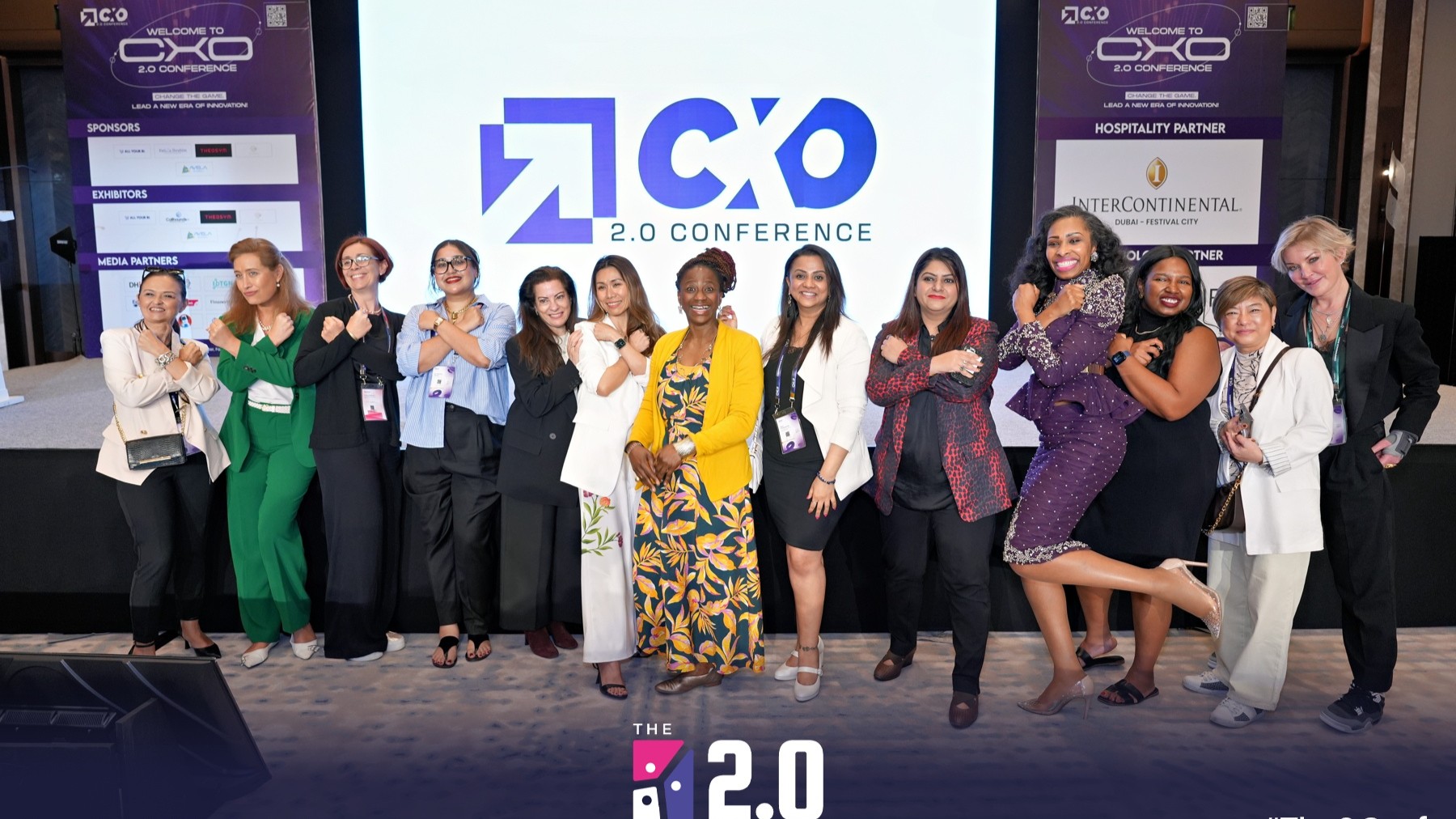 DA 50+ Guest Posts – Get Featured on Real Authority Blogs!
DA 50+ Guest Posts – Get Featured on Real Authority Blogs!
CXO 2.0 Conference Highlights Inclusive Strategies For Diversity & Belonging
Written by CXO 2.0 conference » Updated on: June 17th, 2025

Diversity is not just a metric. It is the driving force behind innovation, resilience, and long-term success. Without a genuine culture of belonging, diversity efforts can lose their impact. Employees thrive when they feel valued and empowered to bring their authentic selves to work. This concept will take center stage at the global leaders’ summit in 2025, notably the CXO 2.0 Conference, where experts will explore the future of inclusive leadership.
This blog highlights how leaders can embrace diversity and promote inclusion. It covers strategies to create belonging, implement inclusive policies, and measure progress. You will also learn how to overcome resistance and adapt to emerging trends. This blog is your guide if you aim to lead with purpose and build stronger teams.

Understanding Diversity In Leadership
Diversity encompasses more than visible attributes like race and gender. It includes differences in age, abilities, socioeconomic background, education, and experiences. Leaders must look beyond token representation and create an environment where diverse perspectives are present and actively contribute to decision-making and innovation.
However, challenges persist. Unconscious biases, entrenched systems, and a lack of awareness often hinder progress. Addressing these barriers requires conscious effort and intentional leadership. Leaders prioritizing diversity demonstrate their commitment to a more vital, inclusive organization that thrives on varied perspectives and ideas.
The Role Of Leaders In Driving Inclusion
Leadership is crucial in making inclusivity a reality. Leaders set the tone for their organizations and influence the behaviors of their teams. To drive inclusion effectively, they can:
Model Inclusive Behaviors: Leaders should actively seek input from all team members, especially those who may feel marginalized.
Encourage Open Dialogue: Creating safe spaces where employees can voice concerns, ideas, and feedback helps build trust.
Address Biases: Leaders must identify and challenge unconscious biases within themselves and their teams to ensure fairness and equity.
Building A Culture Of Belonging
Inclusion is the foundation of belonging, but belonging goes a step further—it ensures that individuals feel accepted, respected, and valued for who they are. Cultivating a culture of belonging involves:
Promoting Authenticity: Encouraging employees to bring their authentic selves to work rather than conforming to cultural norms.
Recognizing Contributions: Acknowledging employees' unique strengths and achievements boosts morale and loyalty.
Encouraging Collaboration: Encouraging team-based problem-solving that respects diverse viewpoints strengthens workplace relationships.
When belonging is prioritized, employees feel more engaged and motivated, which positively impacts organizational performance. To learn more about creating a culture of belonging, attend the leadership development conference, namely the CXO 2.0 Conference, to gain valuable insights from industry experts.
Implementing Policies That Support Diversity
While leadership sets the tone, formal policies provide the structure to sustain diversity and inclusion efforts. Leaders must work to embed inclusivity into every aspect of the organization by:
Adopting Inclusive Hiring Practices: Redesign job descriptions and recruitment processes to eliminate biased language and practices. You can expand sourcing channels to attract talent from underrepresented communities.
Providing Growth Opportunities: Establish equitable promotion paths and mentorship programs to help diverse employees advance.
Enhancing Workplace Accessibility: Ensure that workplaces—physical and digital—are accessible to people with disabilities, and consider flexible working arrangements to support employees with varying needs.
These policies reflect the organization’s commitment to diversity, reinforcing trust and credibility among employees and stakeholders. Engaging with experts at the global leaders' summit in 2025 provides deeper insights into implementing and enhancing such initiatives effectively.
Measuring Success In Diversity Initiatives
Efforts to promote diversity and inclusion must be measurable to ensure long-term impact. Leaders can track progress through critical metrics such as:
Representation Statistics: Monitor the diversity of employees across all levels of the organization.
Engagement Surveys: Use anonymous feedback tools to gauge employees’ sense of inclusion and belonging.
Retention Rates: Analyze data to understand the challenges faced by underrepresented groups and refine retention strategies.
Overcoming Resistance To Change
Resistance is an inevitable part of change, especially when it involves challenging long-standing systems and norms. Leaders can overcome resistance by:
Educating Stakeholders: Use data and case studies to highlight the tangible benefits of diversity.
Engaging Employees: Involve employees at all levels in shaping diversity initiatives to gain buy-in and create a sense of ownership.
Taking Incremental Steps: Implement changes gradually to allow for adaptation and reduce pushback.

Future Trends In Diversity And Inclusion
The landscape of diversity and inclusion is constantly evolving. Emerging trends include:
Technology And Analytics: AI-powered tools are helping organizations identify biases and design more inclusive hiring and retention processes.
Generational Influence: Millennials and Gen Z demand inclusive workplaces, prioritizing equity and transparency.
Broader Definitions Of Diversity: Organizations are expanding their focus to include neurodiversity, mental health, and intersectionality.
Keeping up with these shifts is essential to staying ahead in a competitive world. Attending the leadership development conference can provide the insights and tools leaders need to navigate these trends and turn them into opportunities.
Conclusion
Leading with diversity is more than a leadership strategy. It is a commitment to creating an inclusive and thriving workplace. By prioritizing belonging, leaders can inspire employees to bring their best ideas and authentic selves to work. Implementing inclusive policies and measuring progress ensures these efforts create a lasting impact. Opportunities like networking with experts at the global leaders' summit in 2025, such as the CXO 2.0 Conference, can provide valuable insights and strategies for building such cultures. Overcoming challenges and staying ahead of emerging trends further strengthens organizational resilience. A culture of diversity and belonging empowers teams, drives innovation, and paves the way for long-term success.
Note: IndiBlogHub features both user-submitted and editorial content. We do not verify third-party contributions. Read our Disclaimer and Privacy Policyfor details.
Copyright © 2019-2025 IndiBlogHub.com. All rights reserved. Hosted on DigitalOcean for fast, reliable performance.








